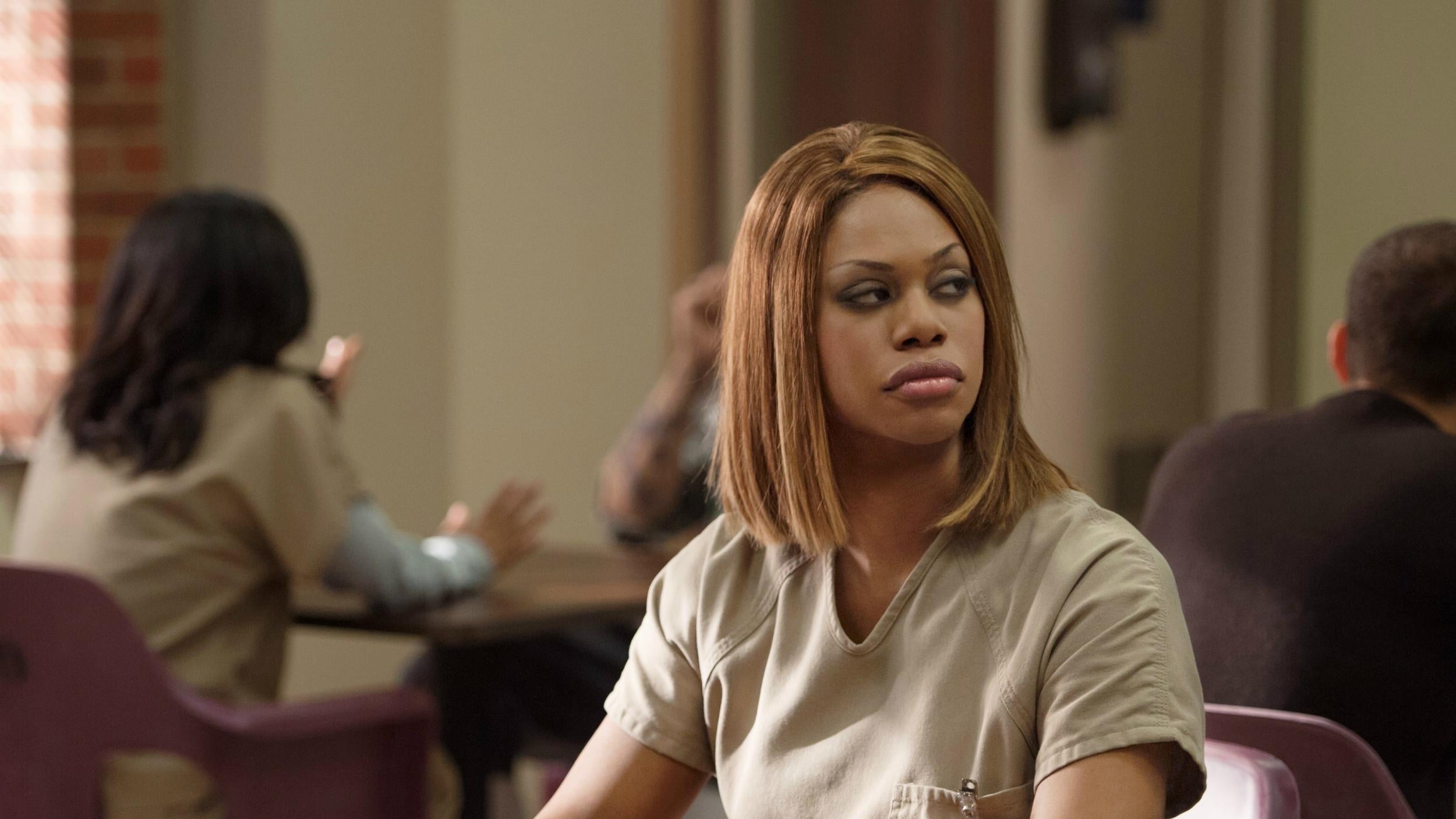TV has hit a record high for black and transgender representation, GLAAD report finds
Though the report also criticised TV's continuing reliance on the decades-old 'Bury Your Gays' trope

Your support helps us to tell the story
From reproductive rights to climate change to Big Tech, The Independent is on the ground when the story is developing. Whether it's investigating the financials of Elon Musk's pro-Trump PAC or producing our latest documentary, 'The A Word', which shines a light on the American women fighting for reproductive rights, we know how important it is to parse out the facts from the messaging.
At such a critical moment in US history, we need reporters on the ground. Your donation allows us to keep sending journalists to speak to both sides of the story.
The Independent is trusted by Americans across the entire political spectrum. And unlike many other quality news outlets, we choose not to lock Americans out of our reporting and analysis with paywalls. We believe quality journalism should be available to everyone, paid for by those who can afford it.
Your support makes all the difference.TV's been largely deemed to be enjoying something of a "golden era" of late; thankfully, it looks as if this may even extend to its onscreen diversity.
GLAAD's annual "Where We Are on TV" report, now in its 21st year, has uncovered record high representation of both black and transgender characters on television during the 2016-17 broadcast season (via The Hollywood Reporter). This includes any original series both on broadcast, cable, and premium cable; as well as streaming services like Netflix, Hulu, and Amazon.
This year saw the number of LGBTQ regular characters hit its highest mark (4.8 percent) on television since GLAAD began tracking all broadcast series regulars 12 years ago; with an additional record-high (20 percent) for all black series regulars, though disappointingly only 38 percent of those characters were women.
Transgender regular (and recurring) characters have more than doubled from a year ago (from seven to 16), while there's also a record high of regular characters with disabilities on broadcast TV (1.7 percent). Such significant progress is something overwhelmingly worthy of celebration, but it's important to remember the work is far, far from over here and there are still deeply embedded issues in how these characters are represented on screen.
"While it is heartening to see progress being made in LGBTQ representation on television, it’s important to remember that numbers are only part of the story, and we must continue the push for more diverse and intricate portrayals of the LGBTQ community," GLAAD president and CEO Sarah Kate Ellis said. "GLAAD will continue to work with Hollywood to tell nuanced LGBTQ stories that accelerate acceptance – and hold the networks, streaming services, and content creators accountable for the images and storylines they present."
Indeed, GLAAD highlighted the issue with networks still relying on the decades-old "Bury Your Gays" trope which has seen gay or bisexual female characters killed off at a higher rate in service of furthering the storylines of straight leading characters. The report particularly picked up on the widely criticised deaths featured on The 100 and The Walking Dead; further stating that more than 25 lesbian and bisexual characters were killed off this year on scripted TV.
GLAAD urged TV producers to do better on this front, stating that the dominance of the trope sends a harmful message to LGBTQ viewers that they are "secondary and disposable".
Join our commenting forum
Join thought-provoking conversations, follow other Independent readers and see their replies
Comments